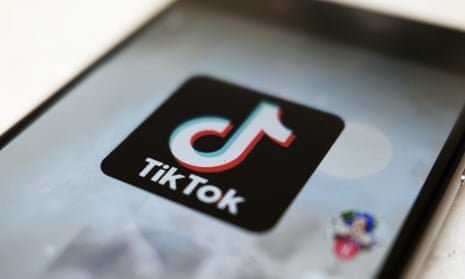How TikTok Fights Misinformation
In today’s digital age, social media platforms have become primary sources of information for millions worldwide. However, with this vast reach comes the responsibility of ensuring that the content shared is accurate and trustworthy. Misinformation, especially harmful misinformation, poses significant threats to public health, democratic processes, and societal harmony. Recognizing this, TikTok, one of the world’s leading short-form video platforms, has taken proactive measures to combat the spread of false information on its platform.
2. Understanding Harmful Misinformation
Harmful misinformation refers to false or misleading content that can cause real-world harm. This includes, but is not limited to, inaccurate information about health, elections, and civic processes. For instance, during the COVID-19 pandemic, various false claims about cures and preventive measures circulated widely, leading to public confusion and, in some cases, dangerous behaviors. Similarly, during election periods, misinformation can undermine democratic processes by spreading false narratives about candidates or voting procedures.
The impact of such misinformation is profound. It can erode public trust in institutions, incite panic, and even lead to physical harm. Therefore, platforms like TikTok have a crucial role in curbing the spread of such content to protect their user base and the broader community.
3. TikTok’s Community Guidelines Enforcement
TikTok has established comprehensive community guidelines that explicitly prohibit the sharing of harmful misinformation. These guidelines serve as the foundation for content moderation on the platform. Any content that violates these rules is subject to removal, and repeat offenders may face account suspension or permanent bans.
The enforcement of these guidelines is a continuous process. TikTok employs a combination of automated systems and human moderators to review content. The platform’s commitment to maintaining a safe and authentic environment is evident in its proactive approach to identifying and removing content that violates its policies.
4. Technological Measures Implemented by TikTok
To efficiently detect and remove misinformation, TikTok leverages advanced technologies, including artificial intelligence (AI) and machine learning algorithms. These tools are designed to scan vast amounts of content in real-time, identifying patterns and flagging potentially harmful material.
For example, TikTok’s automated systems can detect videos containing specific keywords or phrases associated with known misinformation. Once flagged, these videos undergo further review to determine their accuracy. This technological approach allows TikTok to manage the immense volume of content uploaded daily, ensuring timely intervention when necessary.
5. Human Moderation and Fact-Checking Partnerships
While technology plays a significant role, human judgment remains essential in content moderation. TikTok collaborates with various fact-checking organizations worldwide to verify the accuracy of content. These partnerships enable the platform to benefit from the expertise of professionals who specialize in identifying and debunking false information.
When content is flagged by the automated systems, it is reviewed by human moderators who assess its context and veracity. If the content is found to be misleading or false, appropriate actions are taken, including content removal and user notification. This dual approach of combining technology with human oversight enhances the effectiveness of TikTok’s misinformation mitigation strategies.

